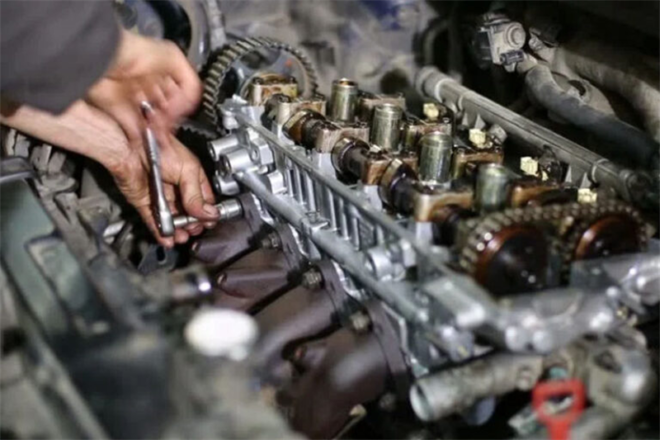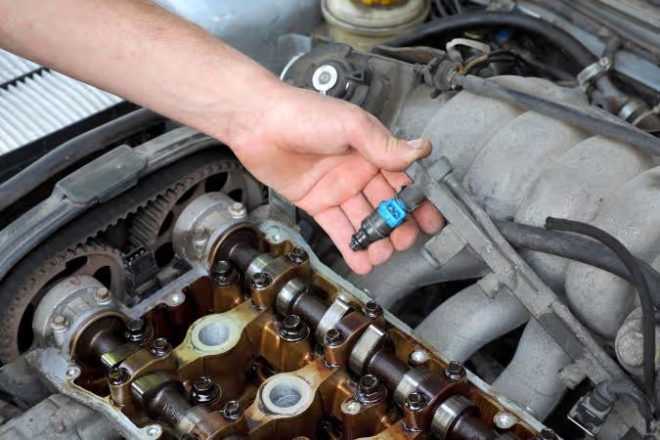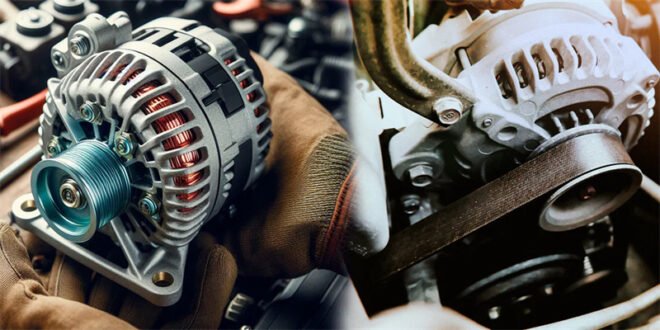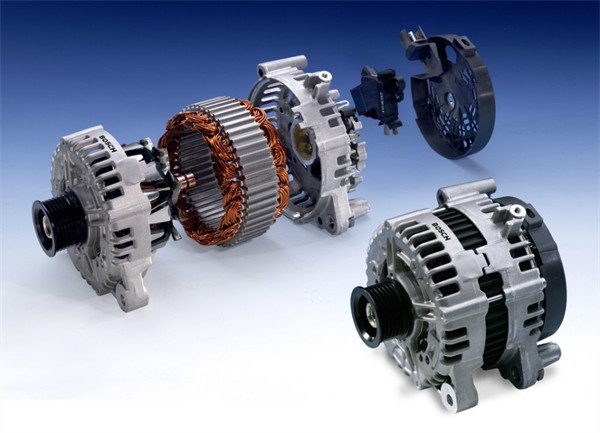Introduction
A chainsaw is a powerful tool that makes cutting through wood, trees, and logs much easier. But like any machine, it relies on several chainsaw parts working together smoothly. Whether you’re a professional lumberjack or a weekend DIYer, understanding the essential chainsaw parts can save you time, money, and frustration.
Have you ever struggled with a dull chain, a faulty spark plug, or an engine that won’t start? If so, you’re not alone. Knowing which chainsaw parts need regular maintenance and when to replace them can extend the life of your tool and ensure safe, efficient operation. In this guide, we’ll explore everything you need to know about chainsaw parts, from basic components to expert maintenance tips.
Essential Chainsaw Parts and Their Functions
Every chainsaw, whether gas-powered, electric, or battery-operated, consists of several key components. Let’s break down the most important chainsaw parts and their roles.
1. Chainsaw Chain
The chainsaw chain is the business end of the tool—it’s what does the actual cutting. Chains come in different styles, sizes, and tooth configurations, each suited for different cutting tasks.
- Full-Chisel Chains – Best for fast, aggressive cuts but dull quickly.
- Semi-Chisel Chains – More durable and ideal for cutting dirty or frozen wood.
- Low-Profile Chains – Designed for safety and commonly used on homeowner-grade chainsaws.
Maintenance Tip: Keep your chain sharp! A dull chain makes cutting inefficient and increases the risk of kickback.
2. Guide Bar
The guide bar is the long, flat metal bar that holds the chain in place. Chainsaws come in various bar lengths, usually ranging from 12 to 36 inches, depending on the intended use.
- Shorter bars (12-16 inches) are great for light trimming and small trees.
- Medium bars (18-24 inches) are ideal for general cutting tasks.
- Longer bars (26 inches and above) are used for professional logging.
Maintenance Tip: Regularly check for bar wear, especially around the groove where the chain runs. Flip the bar periodically to extend its lifespan.
3. Engine (Gas Chainsaws) / Motor (Electric Chainsaws)
The engine (in gas-powered chainsaws) or motor (in electric and battery-powered models) powers the saw.
- Gas-powered chainsaws use a two-stroke engine that requires a mix of gas and oil.
- Electric chainsaws rely on a motor and need a power source.
- Battery-powered chainsaws offer cordless convenience but require recharging.
Maintenance Tip: Keep the engine clean, change spark plugs when necessary, and use the correct fuel mix to avoid damage.
4. Spark Plug
For gas chainsaws, the spark plug is a small but essential component that ignites the fuel mixture. If your chainsaw is hard to start or runs poorly, the spark plug may need cleaning or replacement.
Maintenance Tip: Inspect the spark plug regularly. If it’s dirty or worn out, replace it to keep your chainsaw running efficiently.
5. Air Filter
The air filter prevents dirt and debris from entering the engine. A clogged air filter reduces engine performance and can cause overheating.
Maintenance Tip: Clean or replace the air filter every few uses, especially if you’re cutting in dusty or dirty conditions.
6. Fuel System (Gas Chainsaws)
The fuel system includes:
- Fuel tank – Holds the gasoline and oil mix.
- Carburetor – Mixes fuel and air for combustion.
- Fuel filter – Prevents debris from reaching the engine.
Maintenance Tip: Use fresh fuel, clean the fuel filter regularly, and adjust the carburetor for optimal performance.
7. Chain Brake
The chain brake is a critical safety feature that stops the chain if kickback occurs. It’s usually activated by pushing the front handguard forward.
Maintenance Tip: Always check that the chain brake is functioning before use.
8. Clutch and Sprocket
The clutch engages the chain when you accelerate, and the sprocket helps drive the chain around the bar.
Maintenance Tip: Inspect the clutch and sprocket for wear and replace them if the teeth are worn down.
9. Oil System
Chainsaws have an oil system to lubricate the chain and bar, reducing friction and preventing overheating.
- Oil tank – Stores bar and chain oil.
- Oiler – Distributes oil to the chain.
- Oil pump – Controls the flow of oil.
Maintenance Tip: Always check oil levels before using your chainsaw, and keep the oil ports clean.
10. Handle and Trigger System
Chainsaws have front and rear handles with a trigger and throttle system for controlling speed. A well-designed handle reduces vibration and improves user comfort.
Maintenance Tip: Ensure all controls function smoothly and inspect for cracks or loose parts.
Common Chainsaw Problems and How to Fix Them
Even with proper maintenance, chainsaw parts can wear out or malfunction. Here are some common problems and their solutions:
Problem 1: Chainsaw Won’t Start
Possible Causes:
- Dirty or faulty spark plug
- Clogged air filter
- Bad fuel or incorrect fuel mix
Solution: Check and clean the spark plug, replace the air filter, and use fresh fuel.
Problem 2: Chain Is Dull or Not Cutting Properly
Possible Causes:
- Dull chain teeth
- Improper chain tension
- Worn-out guide bar
Solution: Sharpen the chain, adjust tension, and inspect the guide bar for damage.
Problem 3: Chainsaw Overheating
Possible Causes:
- Clogged air filter
- Insufficient chain lubrication
- Dirty cooling fins on the engine
Solution: Clean the air filter, check the oil system, and remove dirt from cooling fins.
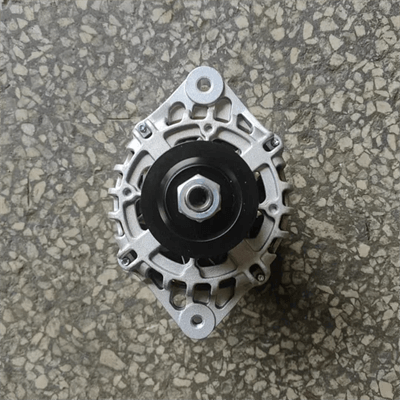
Problem 4: Chain Is Coming Off the Bar
Possible Causes:
- Loose chain tension
- Worn-out sprocket or bar
Solution: Tighten the chain properly and replace worn parts as needed.
How to Choose the Right Chainsaw Parts
When replacing chainsaw parts, always choose high-quality, compatible components. Here are some tips:
- Buy OEM (Original Equipment Manufacturer) Parts – These are designed specifically for your chainsaw model.
- Check the User Manual – It provides exact specifications for parts like chains, bars, and filters.
- Read Customer Reviews – If you’re buying aftermarket parts, reviews can help determine quality and reliability.
Conclusion
A well-maintained chainsaw is a powerful and reliable tool. Understanding the different chainsaw parts and their functions helps you troubleshoot problems, extend the lifespan of your equipment, and ensure safe operation.
Regular maintenance—such as sharpening the chain, cleaning the air filter, checking the spark plug, and keeping the oil system in top condition—can prevent most common chainsaw issues. And when it’s time to replace chainsaw parts, choosing the right ones will keep your saw running at peak performance.
So, whether you’re a professional tree cutter or a weekend woodworker, take good care of your chainsaw, and it will take good care of your cutting needs!

